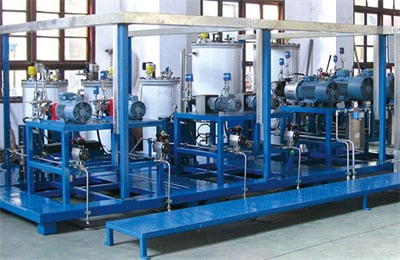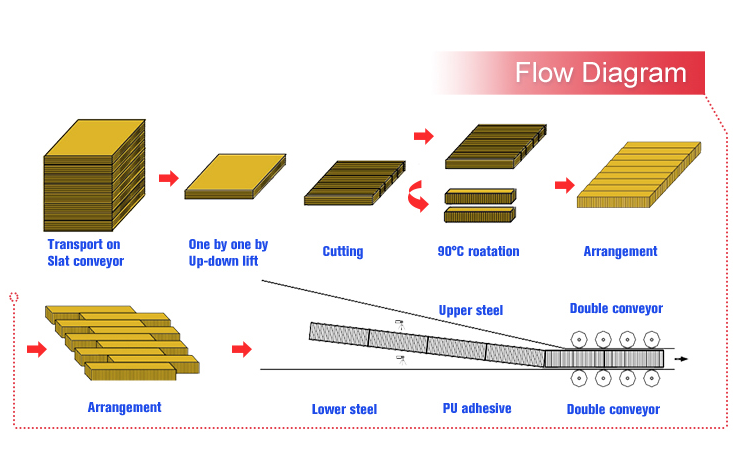Table of Contents

The Basics of Polyurethane Sandwich Panel
Polyurethane sandwich panel is a versatile building material that has gained popularity in the construction industry due to its excellent thermal insulation and structural properties. This article aims to provide a comprehensive guide to understand what polyurethane sandwich panel is and its various applications.
What Are Polyurethane Sandwich Panels Made Of?
Polyurethane sandwich panels are composed of three distinct layers: two outer metal sheets (usually steel or aluminum) and an inner insulation core made of polyurethane foam. These layers are bonded together through a continuous manufacturing process called "laminating."
Thermal Insulation Properties
One of the primary advantages of polyurethane sandwich panels is their exceptional thermal insulation properties. The polyurethane foam core acts as an insulating layer, minimizing heat transfer and reducing energy consumption for heating and cooling. This makes polyurethane sandwich panels an excellent choice for energy-efficient buildings.
Structural Strength
Despite their lightweight nature, polyurethane sandwich panels offer impressive structural strength. The combination of the rigid outer metal sheets and the foam core provides excellent load-bearing capabilities, making them suitable for various applications, including wall and roof systems.
Fire Resistance
Polyurethane sandwich panels are designed with fire safety in mind. The polyurethane foam core is formulated to have self-extinguishing properties, minimizing the risk of fire spread. Additionally, the metal sheets on both sides act as a barrier, effectively protecting the foam core from direct exposure to flames.
Acoustic Insulation
In addition to thermal insulation, polyurethane sandwich panels also offer excellent soundproofing capabilities. The foam core absorbs and dampens sound waves, reducing noise transmission between different areas of a building. This is particularly beneficial for applications where noise reduction is essential, such as recording studios, theaters, or industrial facilities.
Easy Installation
Polyurethane sandwich panels are designed for easy and fast installation. The panels come in various sizes and can be customized to fit specific project requirements. The lightweight nature of the panels allows for quick handling and positioning, reducing construction time and labor costs.
Applications of Polyurethane Sandwich Panels
Polyurethane sandwich panels find applications in a wide range of industries and construction projects. Some common uses include:
- Residential and commercial buildings
- Cold storage facilities
- Industrial warehouses
- Refrigerated trucks and trailers
- Data centers
- Cleanrooms
Maintenance and Durability
Polyurethane sandwich panels are known for their durability and low maintenance requirements. The metal sheets provide excellent resistance against corrosion, weathering, and impact. Regular cleaning and inspection can help prolong the lifespan of the panels and ensure their optimal performance.
Environmental Considerations
As the construction industry increasingly focuses on sustainable practices, polyurethane sandwich panels offer an eco-friendly solution. The panels are highly energy-efficient, reducing the overall carbon footprint of a building. Additionally, the materials used in polyurethane sandwich panels can be recycled, minimizing waste and promoting a circular economy.
Conclusion
Polyurethane sandwich panels are a versatile and efficient building material that offers excellent thermal insulation, structural strength, fire resistance, acoustic insulation, and easy installation. With their wide range of applications and positive environmental impact, polyurethane sandwich panels are becoming increasingly popular in the construction industry.

